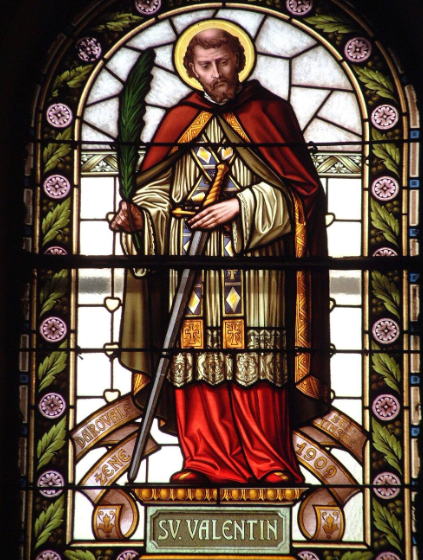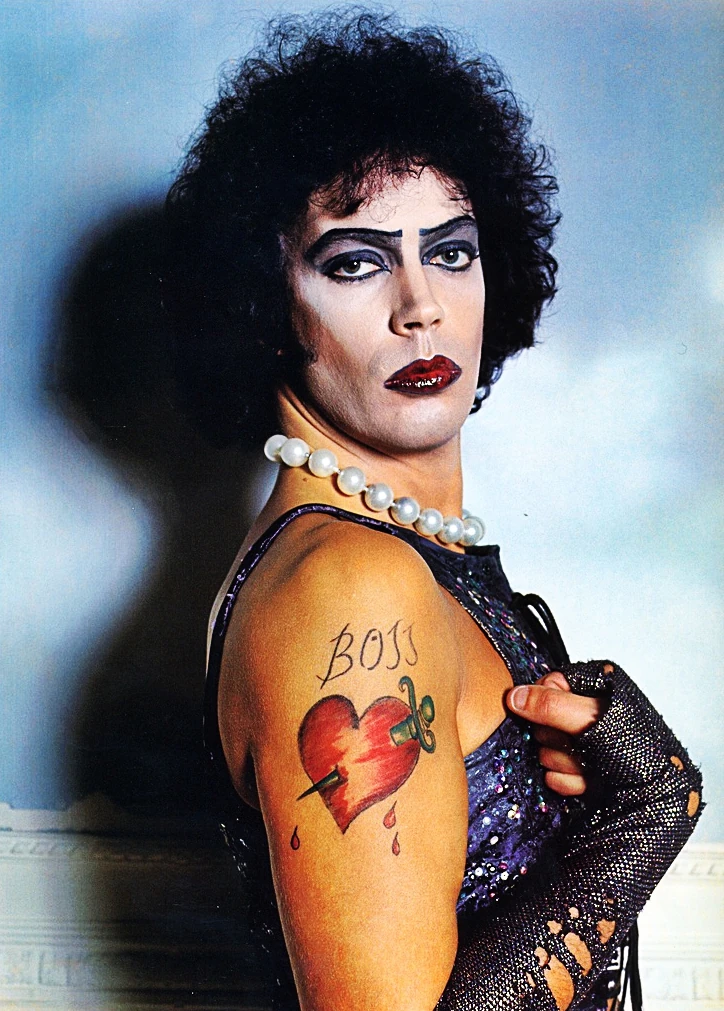
Ah, Valentine’s Day. It’s everyone’s favorite time of the year to go frolicking in showers of candy and heart-shaped apparitions all in the name of love! No one stops to consider for a second the unique, strange, and sometimes not-quite-so-sweet story behind this holiday.
Are you ready to read this twisted tale? Ditch the candy, ditch the hearts, and ditch any of your preconceived notions about what this holiday is about, and take a trip to the distant past!
Valentine’s Day started off with a person called Saint Valentine. Or two people. Maybe more. It’s hard to tell, because, according to History.com, there are at least fifty stories of different saints named Valentine. However, the historical evidence is sketchy enough that historians aren’t entirely convinced that any of them existed in the first place.
Fortunately for our purposes, History.com also finds that the two most talked about stories involve two Saint Valentines who were executed, rather violently, by Emperor Claudius II on February 14, albeit in two different years.
What exactly did they do to deserve this? Well, History.com noted that, apparently, the same Emperor from before thought that men weren’t joining his army because they wanted to stay with their families. To fix this, he banned marriages. All of them. Just as ridiculous as this seems to us now, it must have been the same for the Valentines, who began to officiate over secret weddings.
It’s not hard to piece together what happened next. They were arrested, then imprisoned, and then brutally killed. It’s really less of a love story, and more of a tragedy.
According to NPR, the holiday was first officialized by the Roman Catholic Church in the fifth century by Pope Gelasius I. But things got really murky when, at the same time, he tried to combine it with the Roman feast of fertility, Lupercalia (don’t search it up, by the way), in order to abolish its…interesting rituals. Adding to the confusion, Valentine’s Day was likely confused with the Norman holiday Galatin’s Day (meaning “lover of women”), partially because they sound alike.
As the years went by, Valentine’s Day became noticeably more romanticized. NPR also finds that, in the Middle Ages, we began to see the emergence of traditions that we now consider normal for the holiday, while both Shakespeare and a man named Geoffry Chaucer glorified it in their works.
Now, you’ve probably never heard of the name “Geoffrey Chaucer” before now, so let’s give him a brief description. According to NPR, he was a writer who, in his incredibly long poem titled The Parliament of Fowls, in 1382, first linked Valentine’s Day with lovebirds, describing a large group of the actual species picking their mates on the day.
After that, things got a whole lot less interesting (relatively speaking, at least), with the heavy commercialization of the holiday that we see today. But that brings the end to our tangled tale.
From here, we may return to our world of sweets, hearts, and colorful cards. But may we never forget this holiday’s dark, confusing, and often really strange, history that we have met.
Happy Valentine’s Day!







